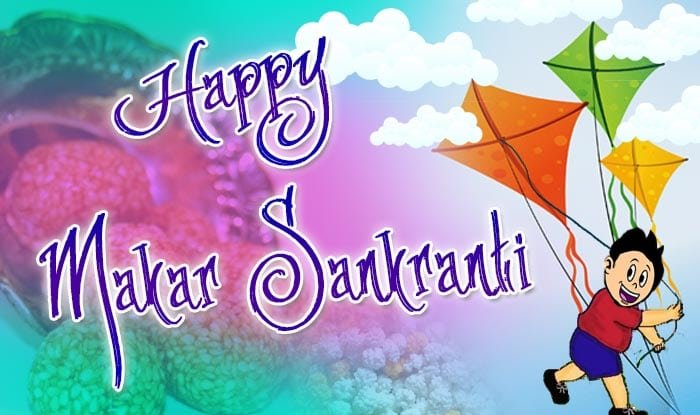
Makar Sankranti is celebrated on a fixed date i.e. 14th January every year. This festival is a traditional and oldest event that happens on an equinox that is the length of day and night remains equally long. After Sankranti, the days grow longer and the nights shorter till the next equinox. Further, the term ‘Sankranti’ signifies the movement of the Sun from one zodiac sign into another.
What is the purpose to celebrated Makar Sankranti ?
It is said that on the day of Makar Sankranti, the Sun enters the sphere of Capricorn zodiac known as Makar. Further, the term ‘Sankranti’ signifies the movement of the Sun from one zodiac sign into another. Thus, the auspicious day defines the movement of the Sun to the sphere of Makara. it is one of the few Hindu festivals

Makar Sankranti is regarded as the beginning of an auspicious phase or the holy phase of transition. It also marks the end of an inauspicious phase which begins around mid-December. The auspicious day marks the beginning of warmer and longer days as compared to nights.
Sankranti is celebrated all over India but is known by different names. In Gujarat, it is Uttarayan whereas in Tamil Nadu it is known as Pongal, Uzhavar Thirunal. In Haryana, Himachal Pradesh and Punjab it is named as Maghi. Before the arrival of this festival, people start preparing sweets and lip-smacking dishes to celebrate a good harvest period. Women offer the Shreemangalchandika Prajapati and even offer it after the sunset on the day of Sankranti. This auspicious day holds a significance, Mata Mahishasurmardini, with the purpose of destroying Mahishasur, first set foot on earth, in the Kataraaj ashram of Rishi Kardam and Devahuti.
This festival is all about forgetting bitter and sad moments which happened in the past and welcoming the new phase of life which is full of purity, knowledge, and wisdom. Happy Makar Sankranti 2024!